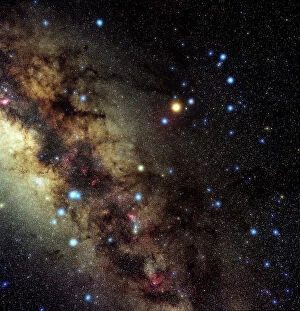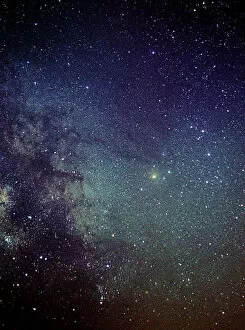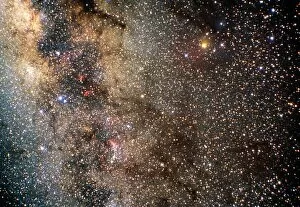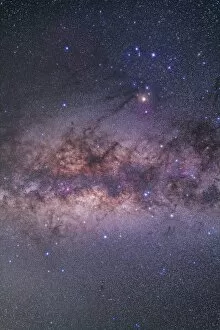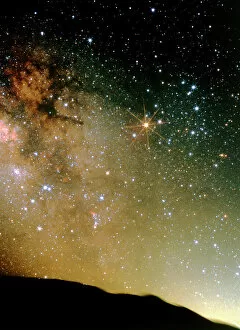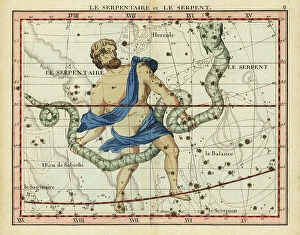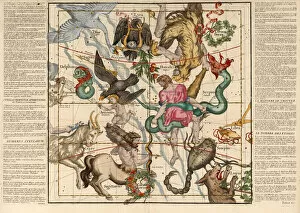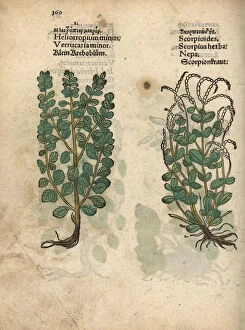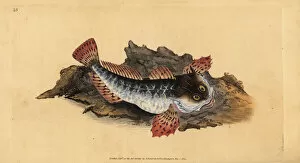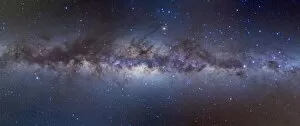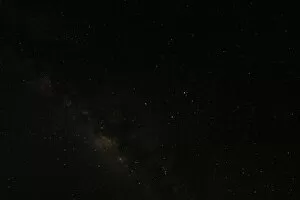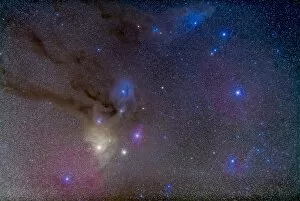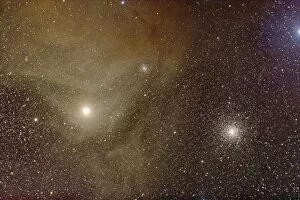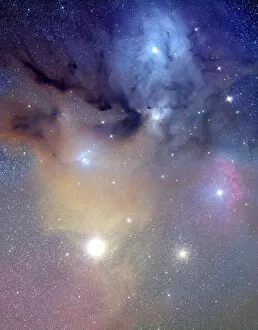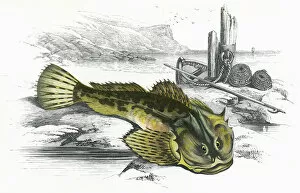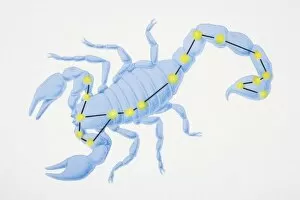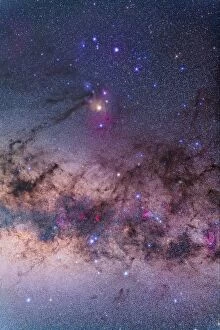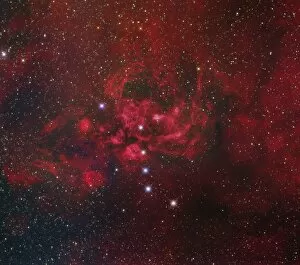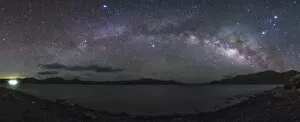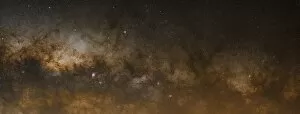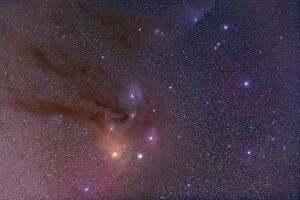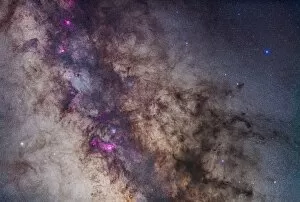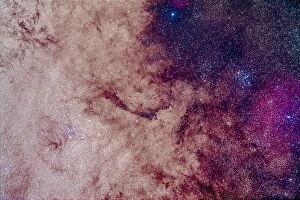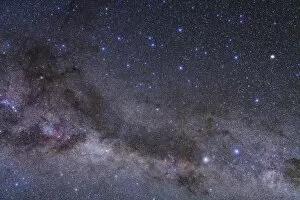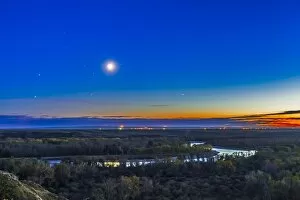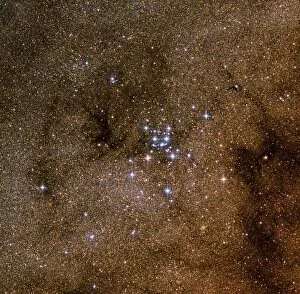Scorpius Collection
"Scorpius: A Celestial Wonder in the Night Sky" Gaze up at the vast expanse of stars, and you may catch a glimpse constellation
For sale as Licensed Images
Choose your image, Select your licence and Download the media
"Scorpius: A Celestial Wonder in the Night Sky" Gaze up at the vast expanse of stars, and you may catch a glimpse constellation, an awe-inspiring sight within the Milky Way. This optical image showcases the intricate beauty of this celestial wonder, with its distinct shape resembling a mighty scorpion poised for action. Nestled amidst the Central Milky Way, Scorpius holds a prominent place in our night sky. Known as "Scorpio, " it has captivated astronomers and stargazers alike throughout history. In fact, ancient civilizations often associated this constellation with powerful symbolism and myths. During Winter Solstice, Plate 5 from Globi coelestis in tabulas planas redacti descriptio reveals stunning details of Scorpius' formation. Its mesmerizing patterns come to life through Vit sculpin's artistic rendering, transporting us into a world beyond our reach. Beyond its celestial namesake lies another intriguing connection – sea creatures that bear resemblance to this enigmatic creature. The dyers croton or Chrozophora tinctoria boasts vibrant hues reminiscent of Scorpius' allure while Father lasher or sea scorpion (Myoxocephalus scorpius) embodies its fierce spirit beneath ocean depths. As we marvel at Myoxocephalus scorpius or Father-Lasher's existence on Earth's surface, let us not forget their distant cosmic counterpart illuminating our nightscape. Winter Solstice reminds us that even across centuries and realms, Scorpius continues to inspire wonder and ignite our curiosity about the mysteries that lie beyond our atmosphere.

